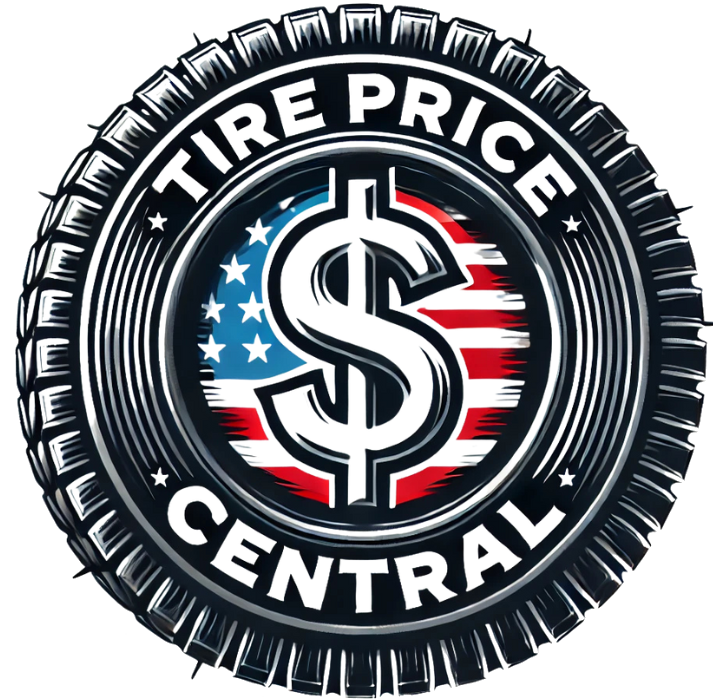
Why Do Tires Lose Pressure in Cold Weather?
At Tire Price Central, we know how frustrating it can be to see your tire pressure warning light suddenly turn on when temperatures drop. Cold weather and tire pressure go hand in hand, but understanding why this happens can help you take the right steps to keep your tires in peak condition.
Cold Temperatures and Tire Pressure: What You Need to Know
If you’ve noticed a drop in tire pressure—especially in all four tires—after a temperature drop, don’t panic. It’s a natural occurrence caused by air contraction.
When temperatures drop, air inside your tires condenses, reducing internal pressure. If your tire pressure was adjusted at 50°F and the temperature suddenly falls by 30°–40°F, your pressure could drop low enough to activate your Tire Pressure Monitoring System (TPMS) warning light.
How Much Does Temperature Impact Tire Pressure?
A common rule of thumb is that for every 10°F drop in temperature, tire pressure decreases by about 1 psi. That means a sudden 30°F drop can cause a 3 psi reduction. In extreme cold, this drop can be even more significant.
For example, if your tires were adjusted at 55°F and the temperature plunges to -11°F overnight, your tire pressure could decrease by 8 psi—enough to trigger the TPMS light and compromise your vehicle’s performance and safety.
What Should You Do?
To maintain optimal traction, handling, and tire longevity, you need to adjust your tire pressure according to seasonal temperature changes. During extreme weather shifts, checking and adjusting your pressure more frequently is essential.
If your TPMS light is on due to cold weather, the only solution is to inflate your tires back to the recommended psi. Always refer to your vehicle’s manual or the sticker inside the driver’s side door for the correct pressure settings.
Should You Wait for Warmer Weather?
It might be tempting to assume that tire pressure will naturally correct itself as temperatures rise, but driving with under-inflated tires poses serious risks:
- Reduced traction and braking performance
- Uneven and accelerated tire wear
- Lower fuel efficiency
- Higher risk of tire failure, especially when towing or carrying heavy loads
Your vehicle is designed to perform within a specific tire pressure range, and ignoring low psi can compromise your safety and efficiency.
What About Warmer Weather and Over-Inflation?
Just as cold temperatures lower tire pressure, rising temperatures cause it to increase. A 10°F temperature increase can raise tire pressure by approximately 1 psi. Unlike under-inflation, over-inflation won’t trigger your TPMS warning light, making it easier to overlook.
Over-inflation can lead to:
- Reduced traction and less responsive handling
- Uneven tire wear
- A harsher, less comfortable ride
To avoid these issues, make tire pressure checks part of your regular vehicle maintenance, especially during seasonal transitions.
Final Thoughts: Keep Tire Pressure in Check Year-Round
Tire pressure maintenance doesn’t need to be complicated, but it’s essential for safety, fuel efficiency, and tire longevity. The best approach? Treat it like an oil change—schedule regular checks and adjust as needed.
As the seasons change, so should your tire maintenance routine. Whether you’re bundling up for winter or breaking out the summer gear, take a moment to check your tire pressure—it’s a small step that can make a big difference in your driving experience.
At Tire Price Central, we’re here to help you keep your tires in top shape all year long. Have questions about tire pressure? Reach out to our team of experts today!

